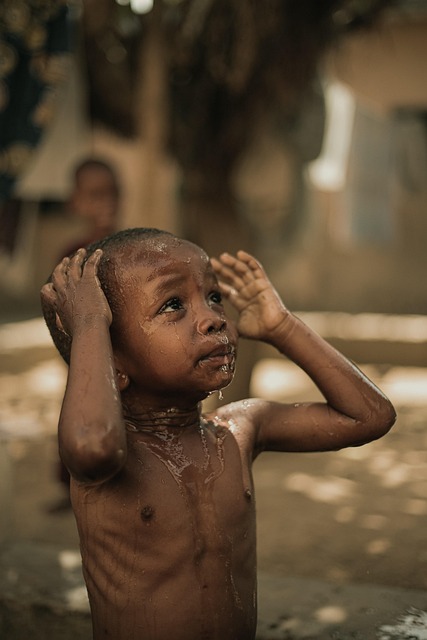In childcare and education, family safety plans are crucial for safeguarding children. These comprehensive plans include structured emergency procedures, staff first aid training, regular risk assessments, and open communication with parents. Robust security measures like access control, surveillance, and tailored protocols, coupled with regular staff training and drills, ensure effective response to unforeseen circumstances, fostering a nurturing and secure environment conducive to child development.
In the realm of childcare and education, ensuring the well-being of young minds is paramount. With children spending a significant portion of their early years in these settings, establishing robust safety protocols is non-negotiable. This article delves into the critical aspects of maintaining secure environments, exploring strategies such as family safety plans, comprehensive risk assessments, and regular emergency drills. By implementing effective security measures, educators and caregivers can foster a safe haven where children can thrive and learn without concern.
Understanding the Importance of Safety Protocols in Caregiving
In the realm of childcare and education, ensuring safety is paramount. Going beyond mere compliance with regulations, implementing robust safety protocols is a cornerstone of responsible caregiving. These measures are not just guidelines but life-saving practices that protect children in our charge. A well-structured family safety plan forms the basis, encompassing emergency procedures, first aid training for staff, and regular risk assessments to identify and mitigate potential hazards.
By integrating these safety protocols into daily operations, educational settings foster an environment where children can learn and grow without constant fear. It empowers caregivers to respond swiftly and effectively during unforeseen circumstances, be it natural disasters or medical emergencies. Ultimately, prioritizing safety demonstrates a deep commitment to the well-being of every child, creating a nurturing and secure atmosphere that is conducive to learning and development.
Creating Comprehensive Family Safety Plans
Creating comprehensive family safety plans is a vital step in ensuring the well-being of children in both childcare and educational settings. These plans serve as a structured framework to address potential risks and emergencies, offering peace of mind to parents and caregivers. A robust family safety plan involves identifying various hazards, such as fire, natural disasters, or security threats, and implementing tailored strategies to mitigate them.
It encourages open communication between schools, childcare centers, and families, fostering a collaborative environment. Regular training sessions for staff and updates to the plan based on evolving best practices are essential components. By doing so, these institutions can promptly respond to unforeseen circumstances, ensuring the safety and security of every child under their care.
Implementing Effective Security Measures in Educational Institutions
Implementing robust security measures is paramount for ensuring family safety plans within educational institutions. This involves a multifaceted approach, starting with comprehensive risk assessments that identify potential hazards and vulnerabilities. Schools and childcare centers should then employ various strategies to mitigate these risks, such as implementing access control systems to restrict unauthorized entry, installing surveillance cameras for monitoring purposes, and establishing emergency response protocols tailored to the specific needs of each facility.
Regular staff training on security protocols is equally crucial. This includes educations on recognizing suspicious activities, responding to emergencies, and managing student evacuations efficiently. Moreover, fostering an open dialogue between administrators, teachers, parents, and students can significantly enhance overall safety by promoting awareness and ensuring everyone understands their role in maintaining a secure environment.
Regular Training and Emergency Preparedness Drills
Regular training sessions and emergency preparedness drills are integral components of maintaining a safe environment in childcare and educational settings. These activities ensure that staff members are equipped with the knowledge and skills to handle various emergencies effectively. By conducting simulated scenarios, educators can test their response plans, identify gaps, and improve overall crisis management.
Emergency drills, such as fire evacuations, lockdown procedures, or medical emergencies, should be conducted regularly to familiarize both staff and students with the steps they need to take. Involving children in age-appropriate exercises fosters a sense of security and encourages them to follow instructions during actual crises. Additionally, these training sessions provide an opportunity to review and update family safety plans, ensuring that all stakeholders are prepared and coordinated in case of unexpected events.
Ensuring safety in childcare and educational settings is paramount for fostering a nurturing and protective environment. By implementing comprehensive family safety plans, adopting robust security measures, and conducting regular training sessions with emergency preparedness drills, we can create robust systems that protect the well-being of children and staff alike. These proactive steps not only mitigate risks but also build confidence among families and communities, knowing their loved ones are in capable and secure hands.
